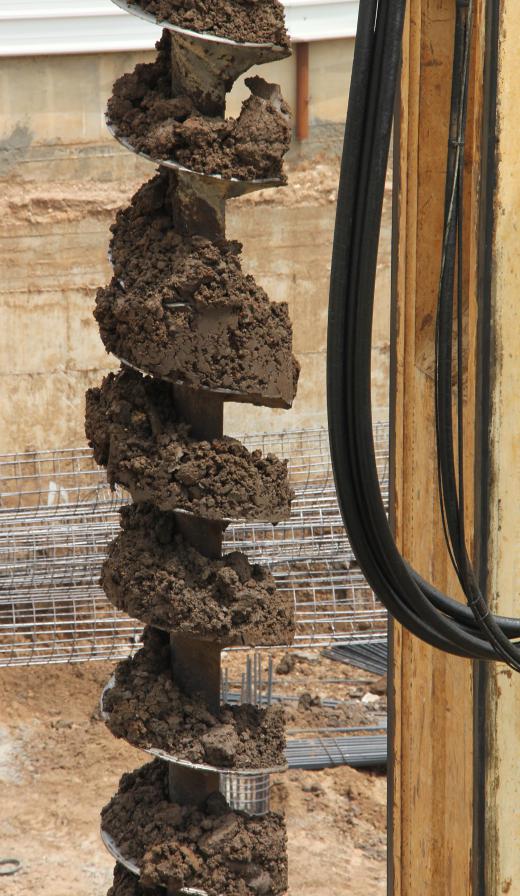A micro excavator is a type of excavator that is designed for light work or to fit into areas inaccessible to larger machines. A typical micro excavator is capable of accommodating a driver in an open cockpit or enclosed cab and is outfitted with a backhoe with a relatively small bucket. These machines are designed in much the same way as larger excavators used in mining and construction but on a much smaller scale and may be small enough to fit through a standard doorway. They are often available for rental through equipment rental companies.
Several companies build machines of this type, and they are common at small construction projects and any project where an excavator is required but larger machines cannot gain access. A micro excavator is suitable for residential projects like landscaping as most can fit through garden gates and the narrow spaces between houses and fences or hedges. In some cases, they may even be used indoors as some are small enough to fit through standard doors and are lightweight enough to be used on many floors. Most micro excavators weigh less than 2500 lb (1100 kg).

Most machines in the micro excavator class are designed in one of two configurations, both of which mimic larger excavators. A micro excavator may be tracked or wheeled, although most machines of this type are tracked. A front loader-back hoe combination will have a back hoe on the rear of the machine and a dozer blade or front-loading shovel scoop on the front. Other micro excavators have a backhoe assembly mounted on the front of the vehicle and may also have a small dozer blade as well. The operator usually sits in an open cockpit atop the body of the excavator, but may be protected by a safety bar or cage, which may fold down to reduce the profile for access to tight spaces.
Depending on the manufacturer, a micro excavator may be powered by any one of several types of engine, including diesel, liquid propane (LP) gas, and electricity. Micro excavators are often capable of handling a variety of attachments for tasks besides digging. Some of the most common are augers, for digging cylindrical holes for posts or pilings, rock breakers, and grapples, which are claw-like assemblies for gripping objects. A root grapple, a type of grapple designed for grasping masses of roots and pulling them from the ground is a common specialty grapple attachment.
